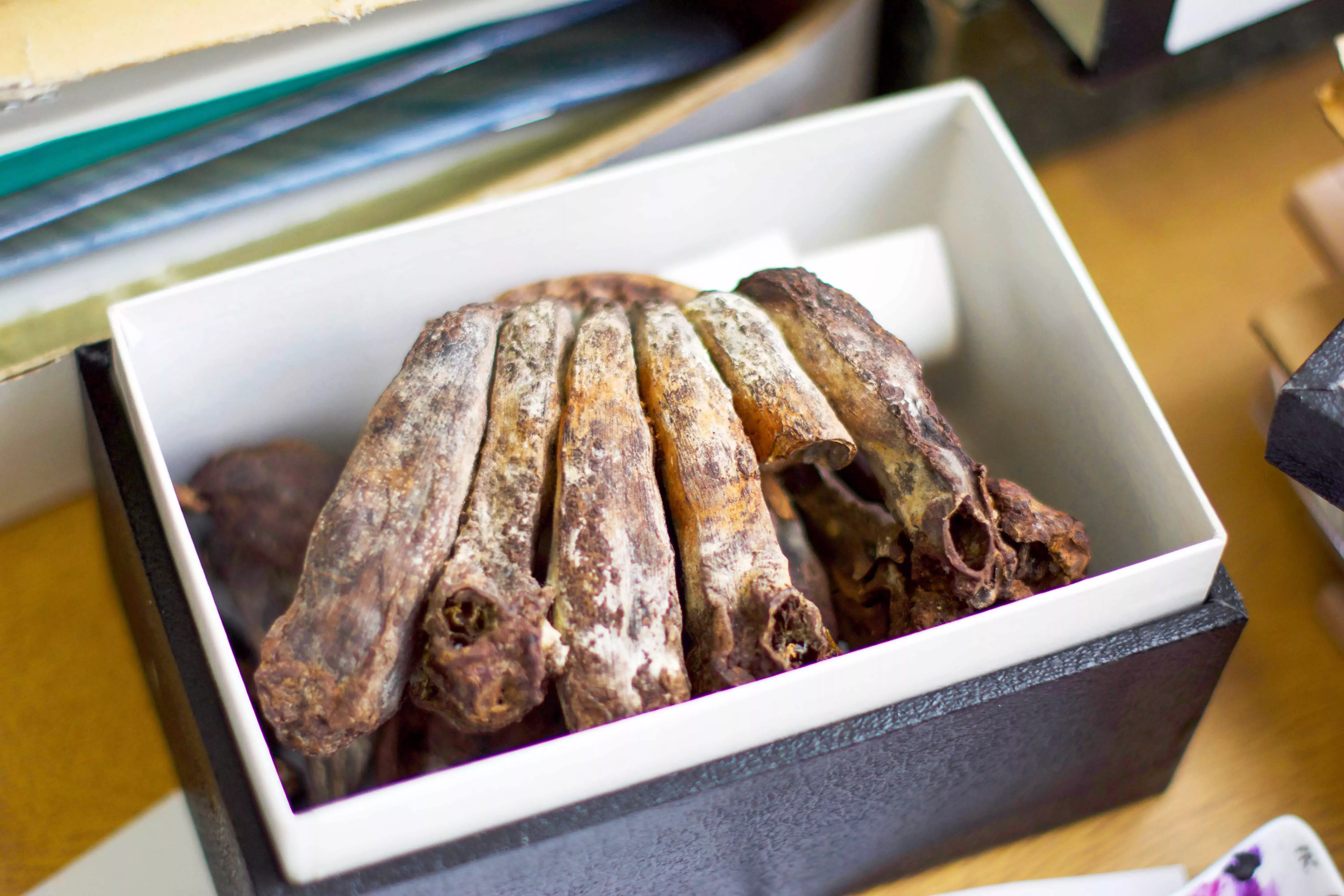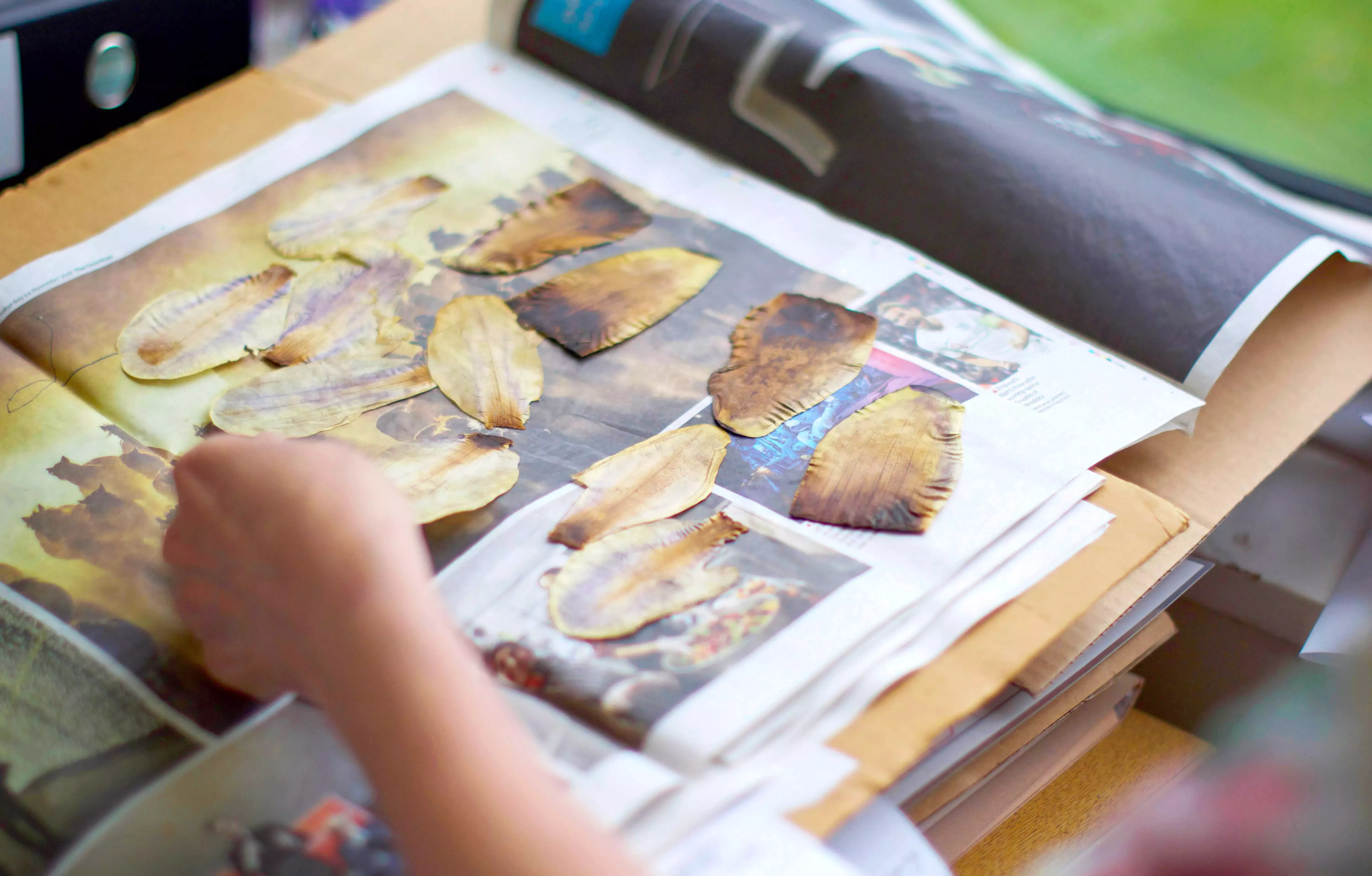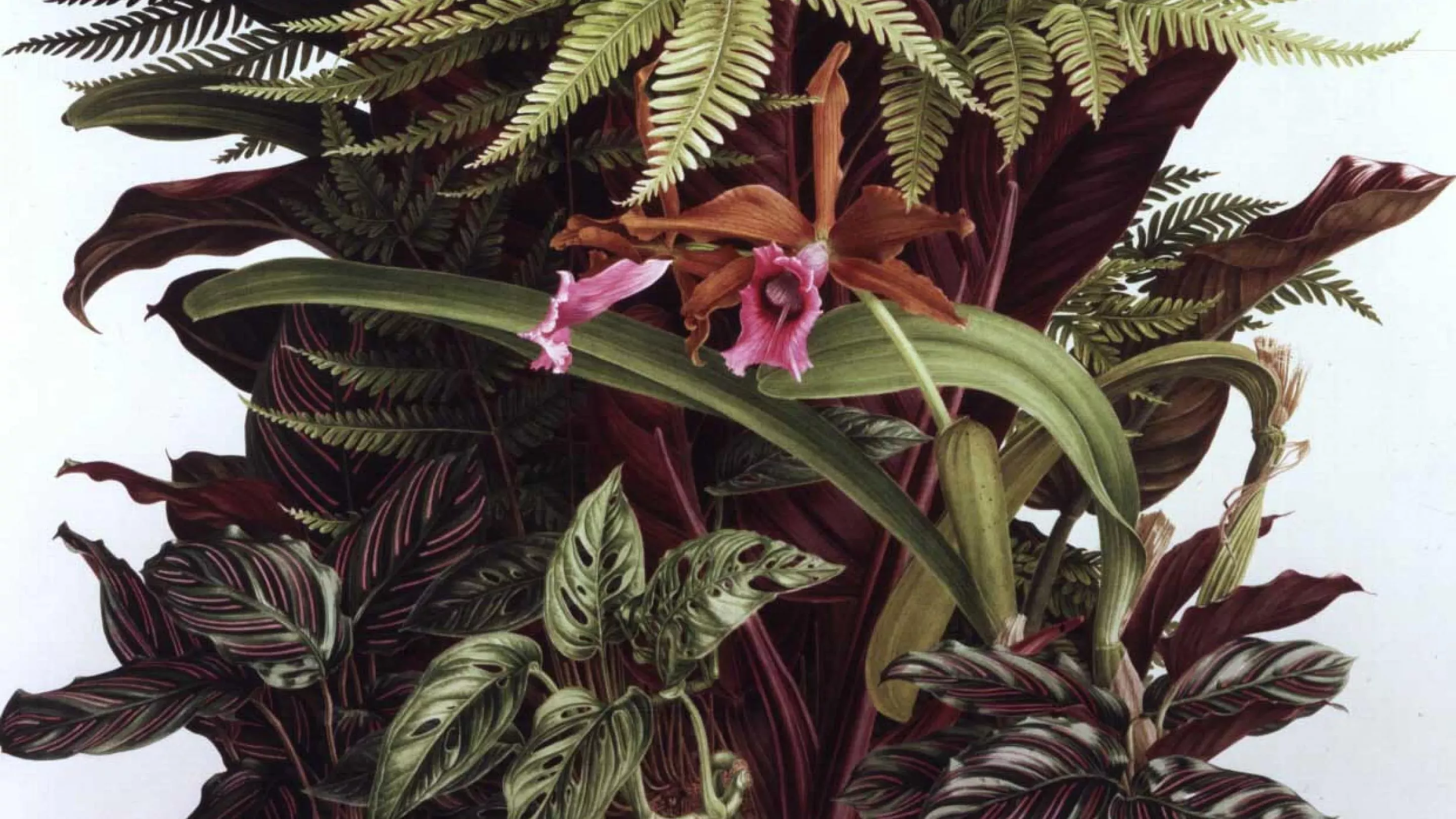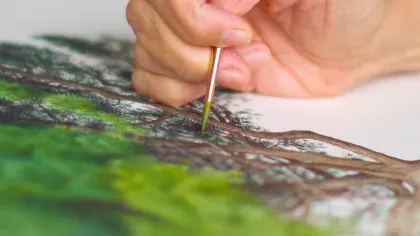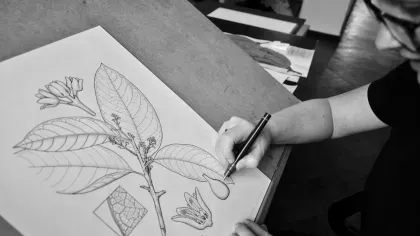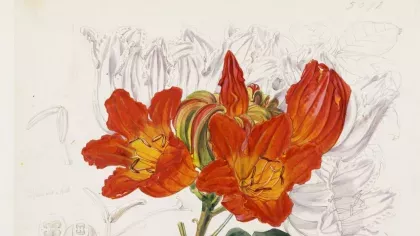20 September 2019
In Pictures: Botanical artists at Kew
A behind-the-scenes look at how our botanical illustrators create their vital and stunning artwork.

Botanical artists serve a vital role in conserving the records of species, working from live plants, photographs or specimens.
A scientific illustration or botanical artwork provides a much greater level of detail than any photograph or description ever can, making them crucial to the documentation and protection of new and existing species.
Before artworks begin, artists have to take several steps in order to prepare specimens for observation.
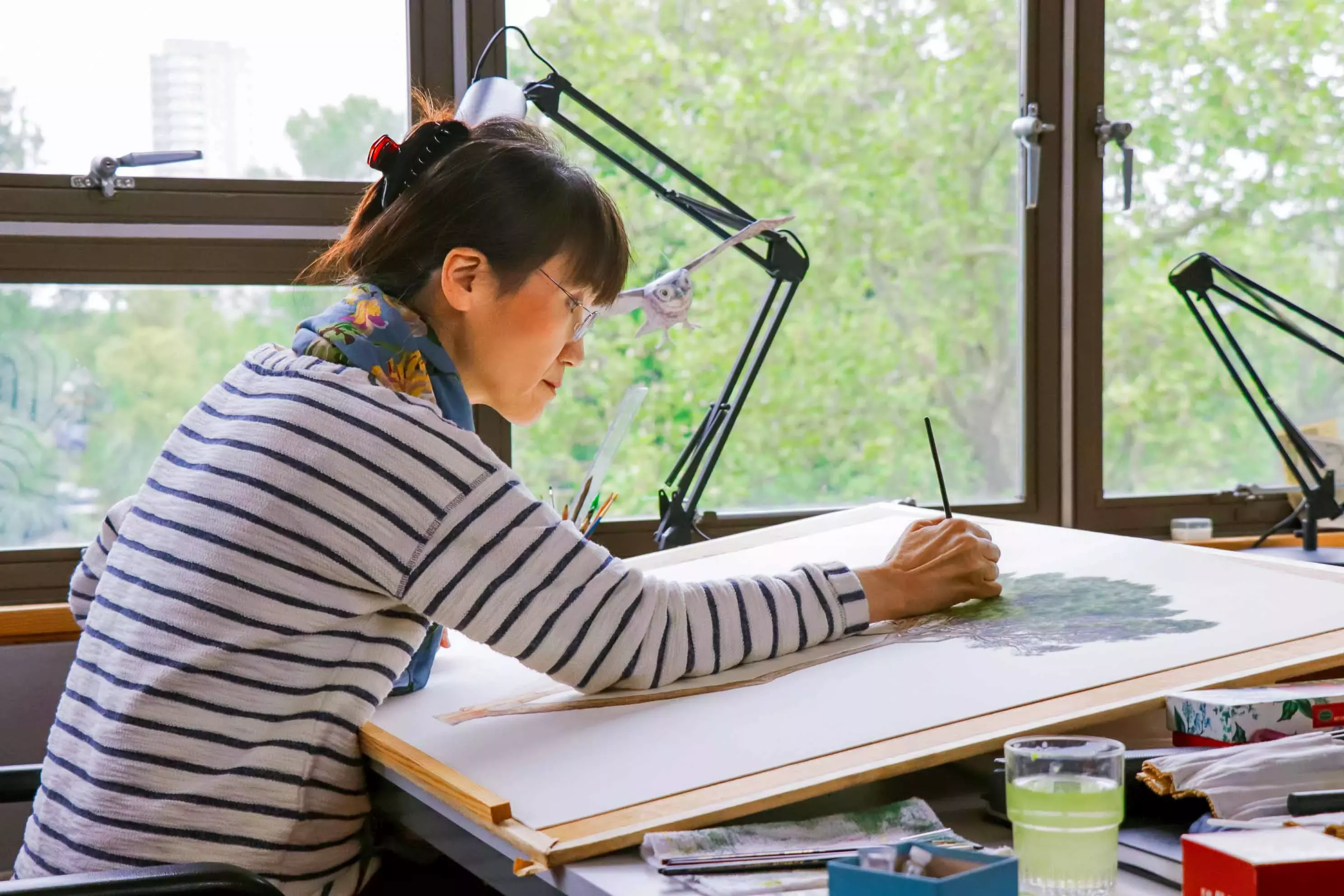
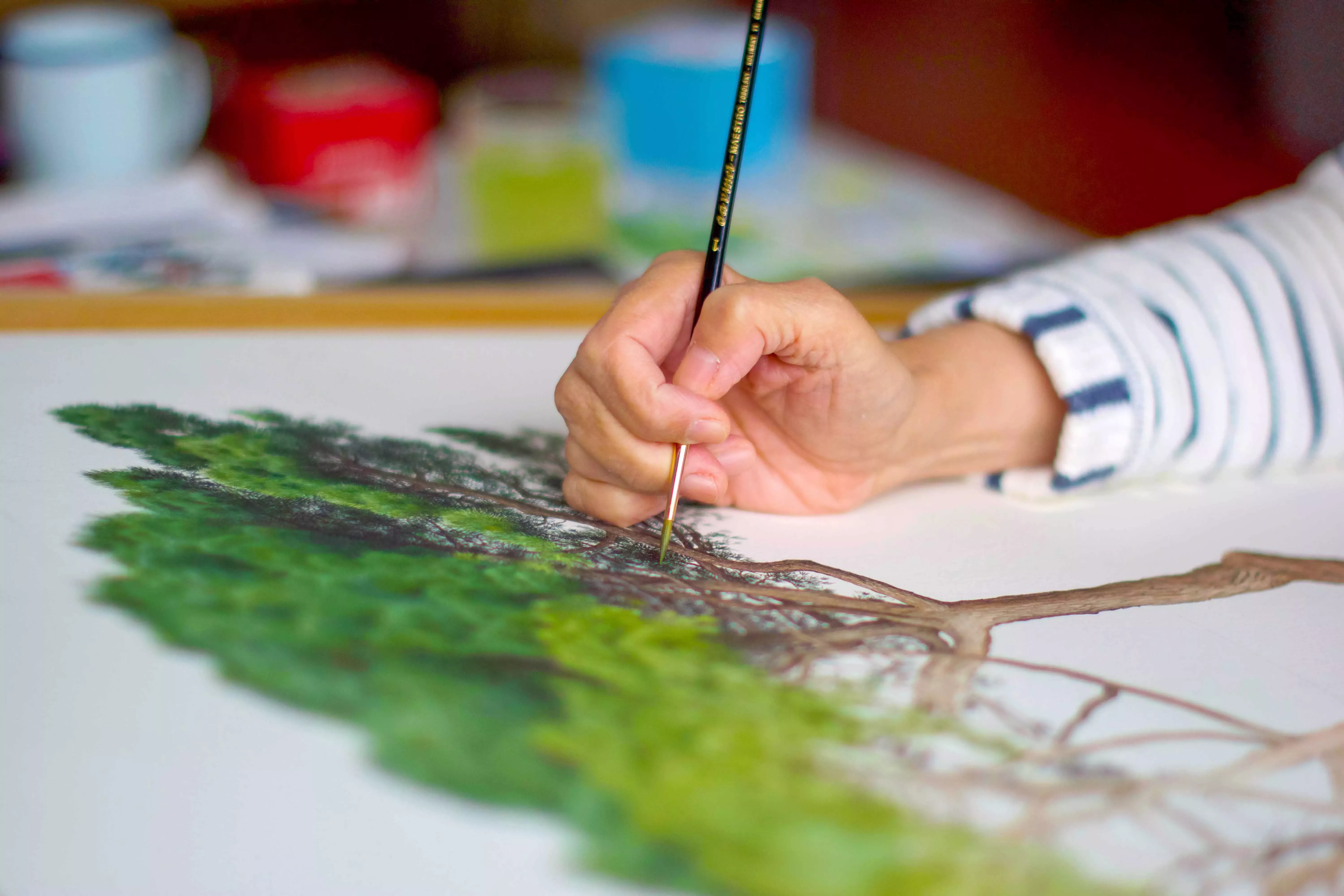
Hydrating flower specimens
A boiling ring is sometimes used to hydrate flowers removed from the dry specimens prior to drawing. The flowers are gently placed in water in the boiling ring using tweezers and are boiled for five to ten minutes, depending on the delicacy of the flower.
The boiling ring itself gets very hot in temperature so the tweezers are useful for removing the flower from the water.
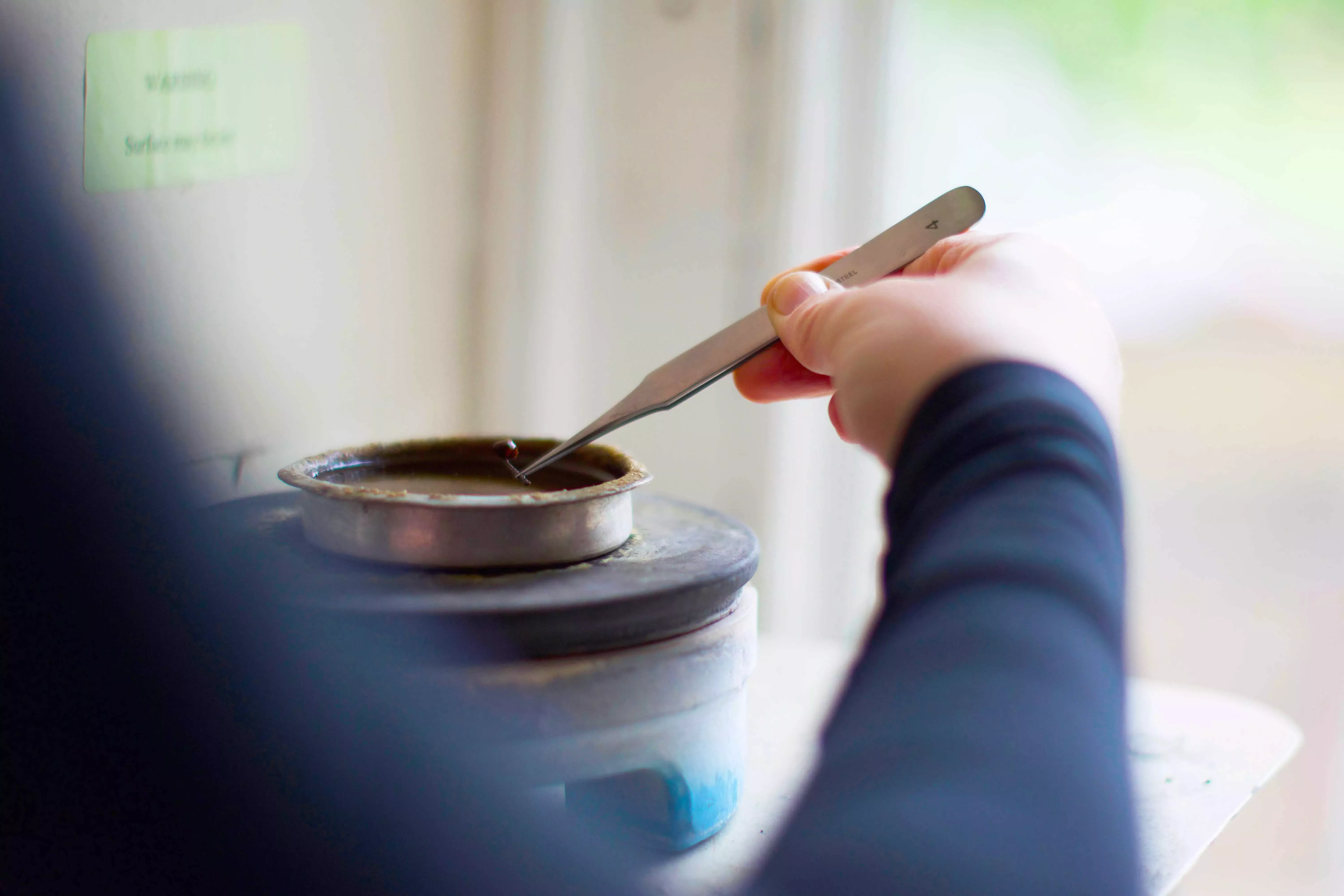
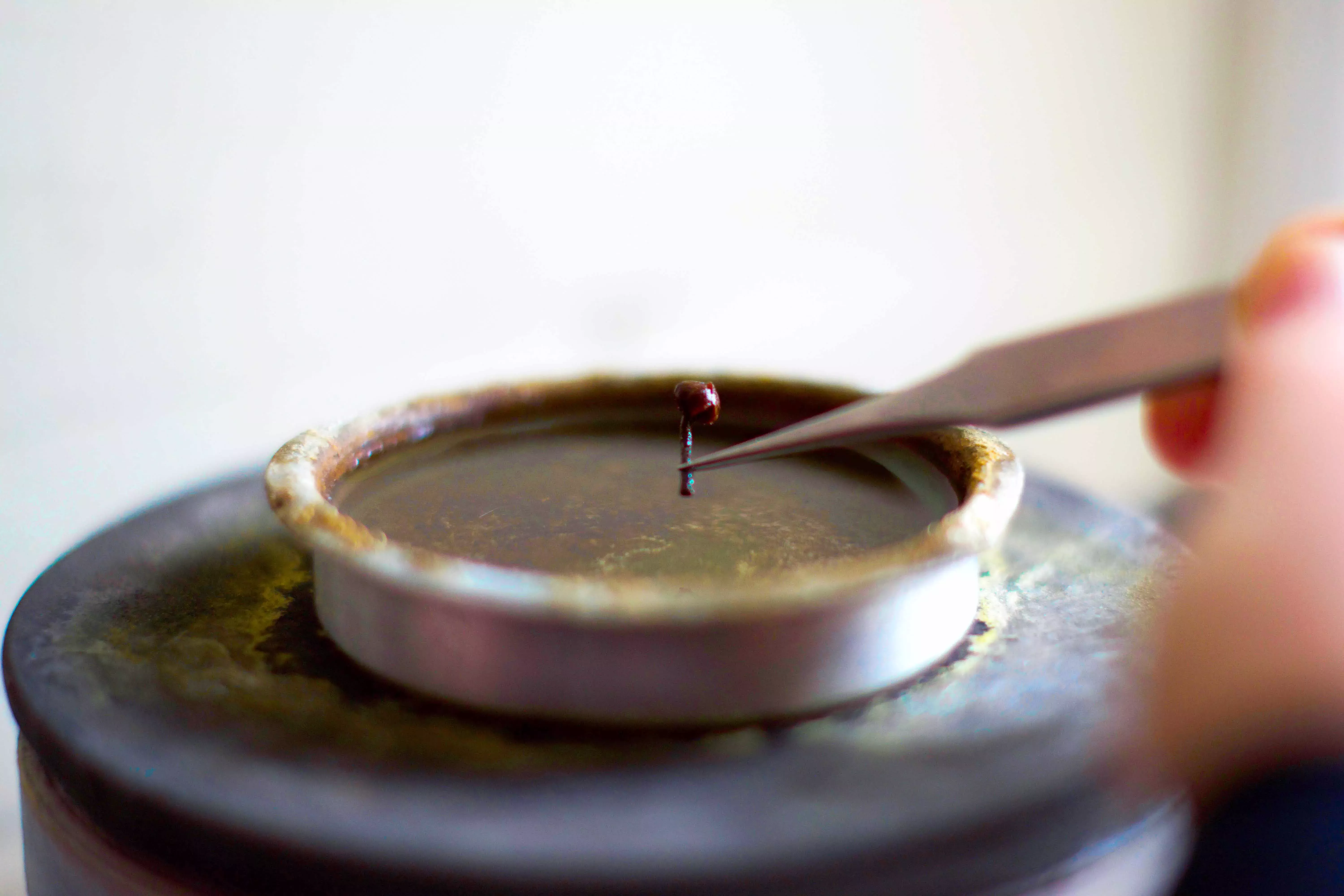
Preservation
Once hydrated, the specimens are placed in what is called a Copenhagen mix for further preservation.
Copenhagen mix is a liquid made up of a mixture of ethanol and glycerine, useful for storing hydrated flowers, especially in instances where an artwork or illustration may take up to a few days or even weeks to complete.
Artists preserve specimens in this way so that the flowers remain hydrated, hold their true shape and can be removed from the liquid to be placed onto a petri dish when needed for observation.
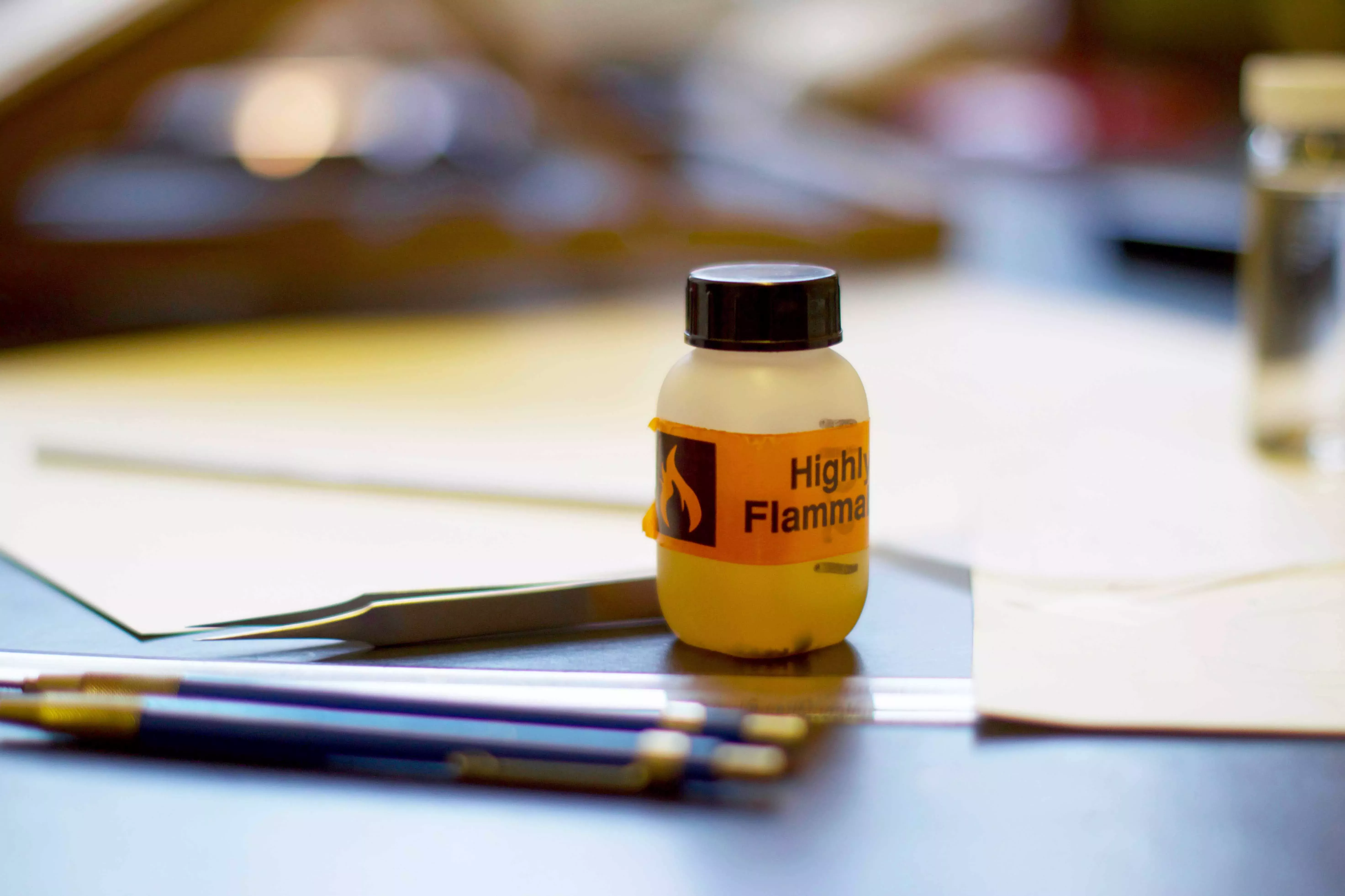
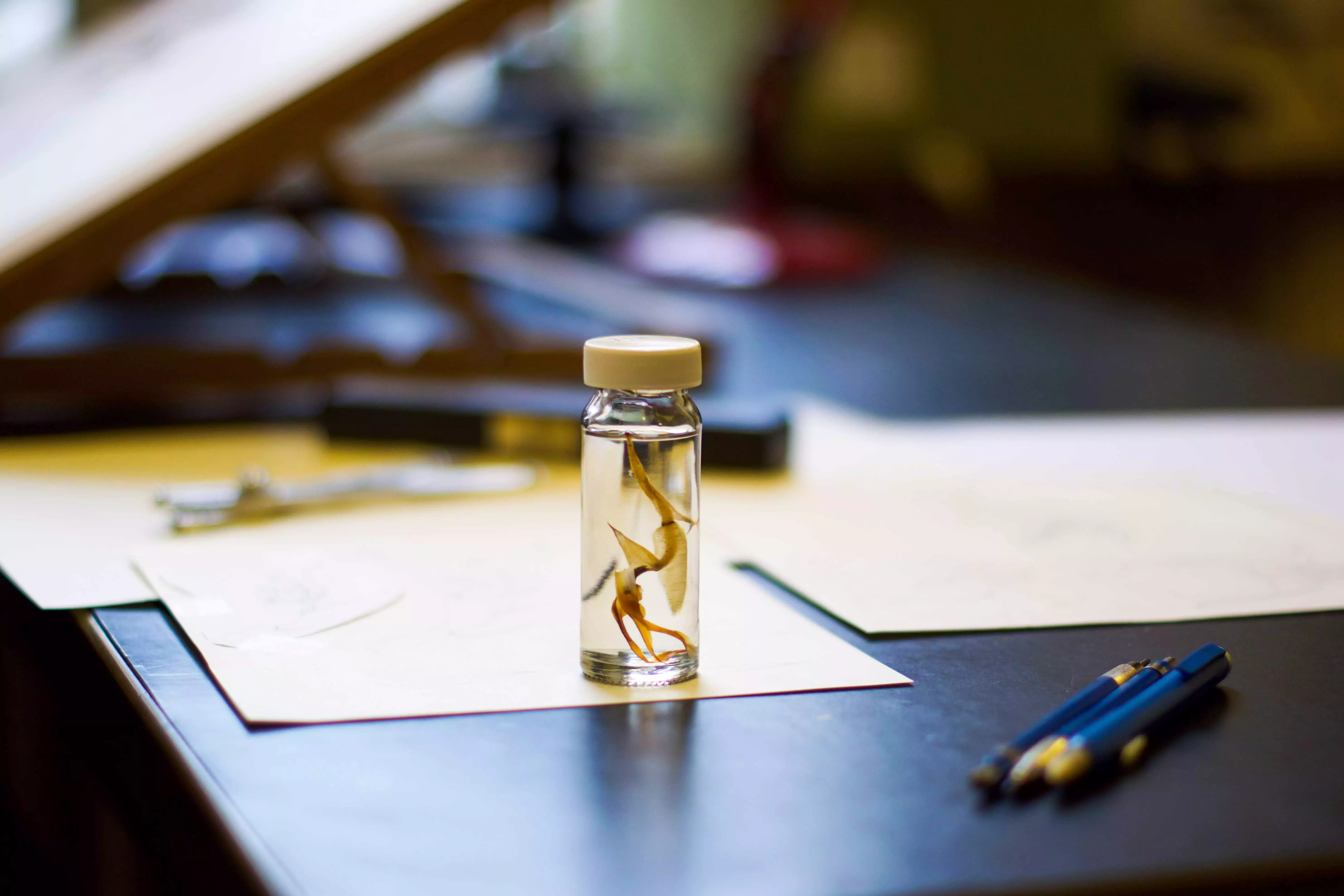
Orchid ‘Maxillaria’
A Maxillaria orchid flower specimen is placed in a petri dish ready for drawing. The flower is discolored from its usual vibrant pink, however, when creating black and white technical descriptions colour is not integral to the observation.
The scientific name Maxillaria, derives from the Latin word 'maxilla', meaning jawbone; with its angular shapes, it is not surprising that the plant acquires this name.
Observing the hydrated flower specimen, the artist can make detailed and highly accurate drawings to scale.
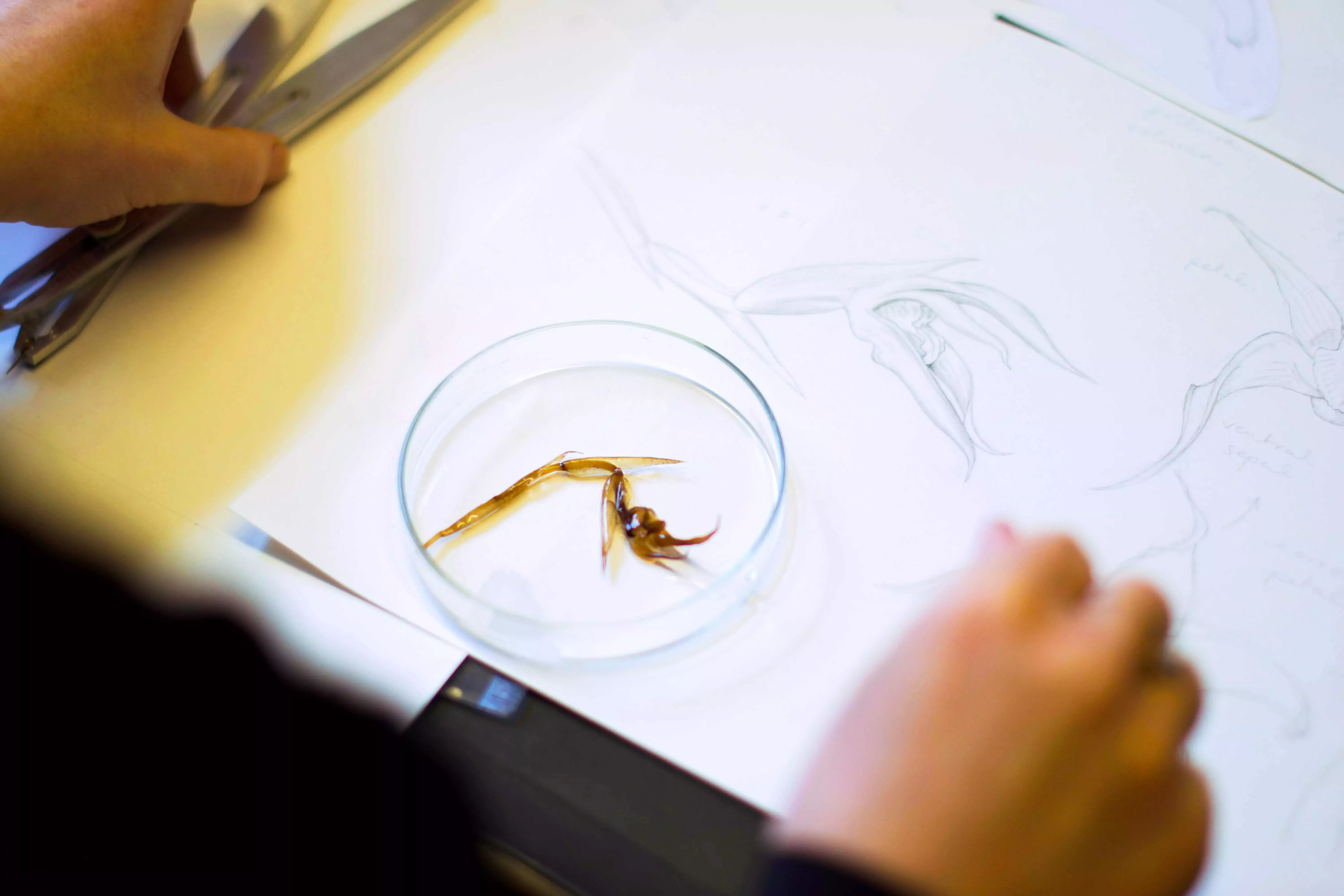
Measuring up
Proportional dividers are vitally important in botanical art as they allow artists to scale the objects they are drawing up and down as required.
For example, if an artist had a flower measuring one centimeter that needs to be drawn at an overall measurement of six centimeters, they can set the proportional dividers at x6 and use them to measure the different structures in the flower.
These measurements can then be transferred onto paper, keeping the same proportions and producing an entirely accurate observation to scale.
A pair of tweezers and a dissecting needle are other botanical art tools. The very sharp needle is important when pulling apart flowers to reveal their intricate structures.
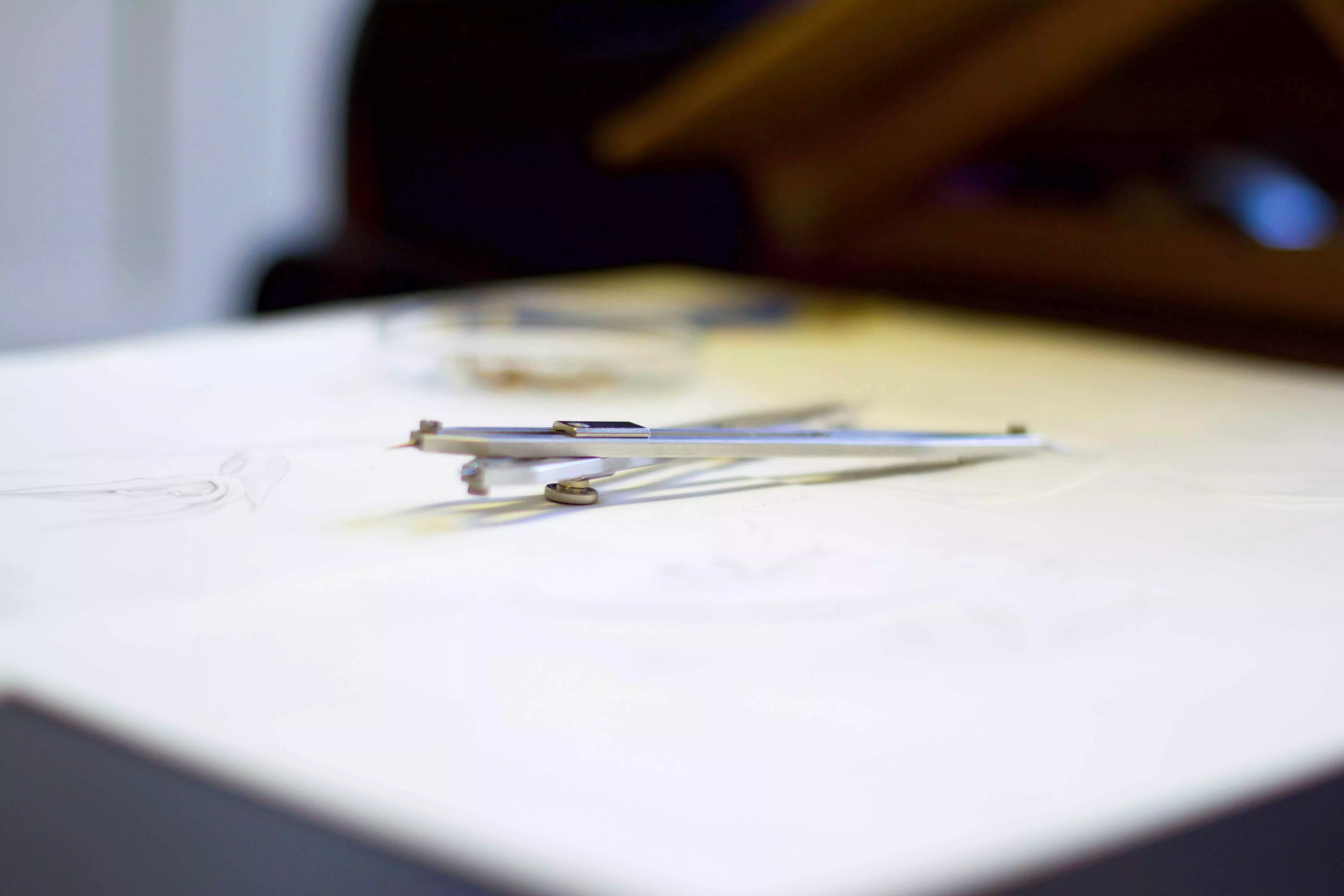
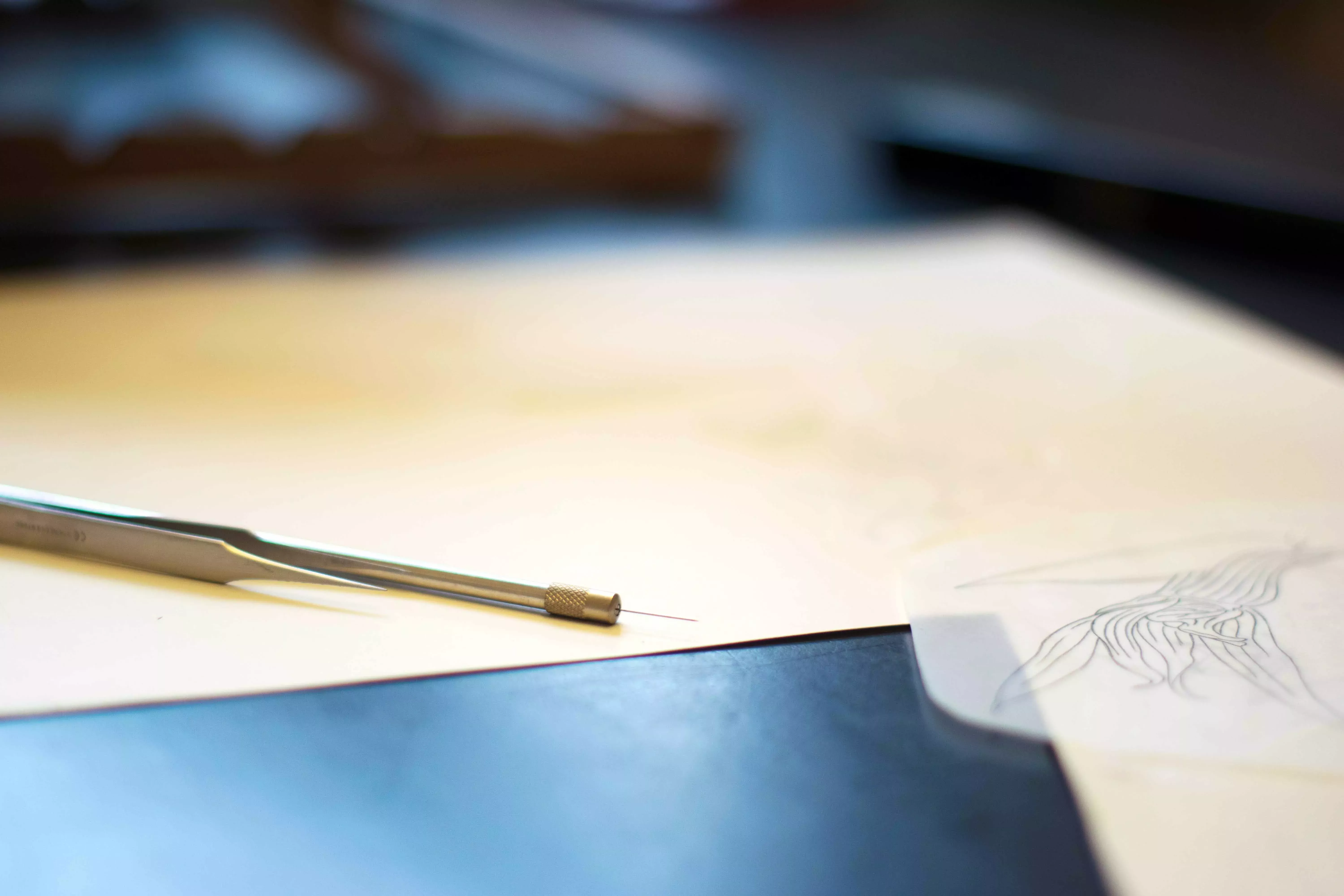
Other ways to preserve specimens
There are several other ways to keep specimens safe. In some cases we contain the specimen in a secure box with a removable lid to protect from light damage. Another method is to press the specimen in newspaper.
